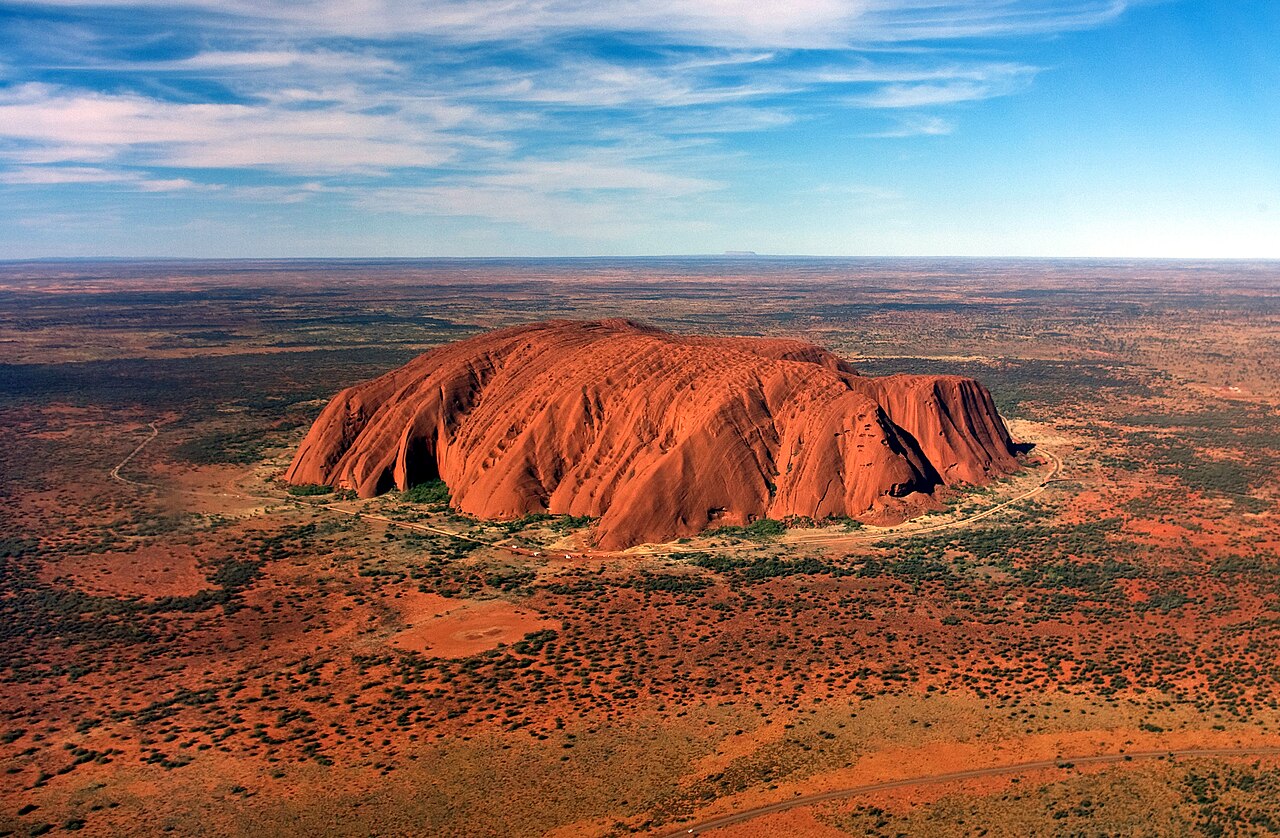Uluru, also known as Ayers Rock, is an iconic and sacred monolith that rises majestically from the arid landscape of Australia’s Red Centre. Located within the dual World Heritage-listed Uluru-Kata Tjuta National Park, Uluru is a symbol of spiritual significance for the Anangu people, the traditional custodians of the land. This colossal sandstone formation is not only a natural wonder but also a cultural and geological marvel that draws visitors from around the globe.

Standing at 348 meters high and with a circumference of nearly 9 kilometers, Uluru is one of the world’s largest monoliths. Its reddish-brown hue transforms with the changing angles of the sun, creating a mesmerizing play of colors that captivates onlookers, particularly during sunrise and sunset. The surrounding desert landscape, punctuated by sparse vegetation and other geological formations, enhances the monolith’s imposing presence.
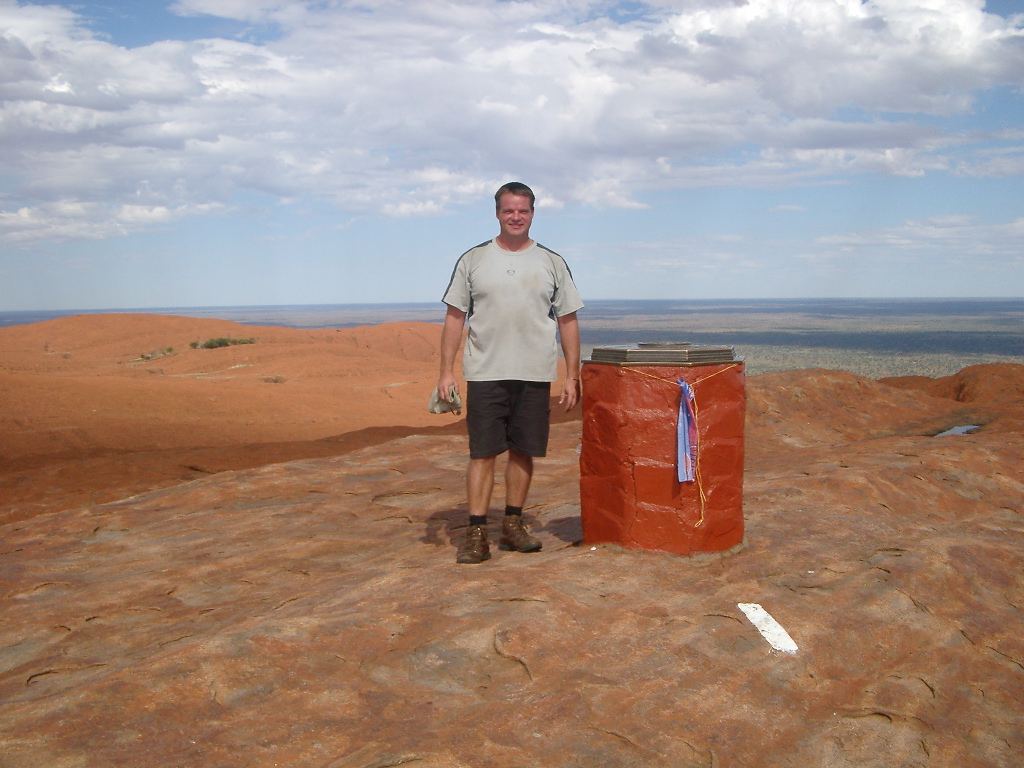
Uluru holds profound cultural significance for the Anangu people, who have inhabited the region for tens of thousands of years. The monolith is considered a living cultural landscape, rich with Dreamtime stories that explain the creation of the world and the ancestral beings that shaped it. Visitors are encouraged to respect the spiritual importance of Uluru by adhering to designated paths, avoiding certain areas, and refraining from climbing the rock—a practice that was officially closed to the public in 2019 due to its cultural significance to the Anangu.
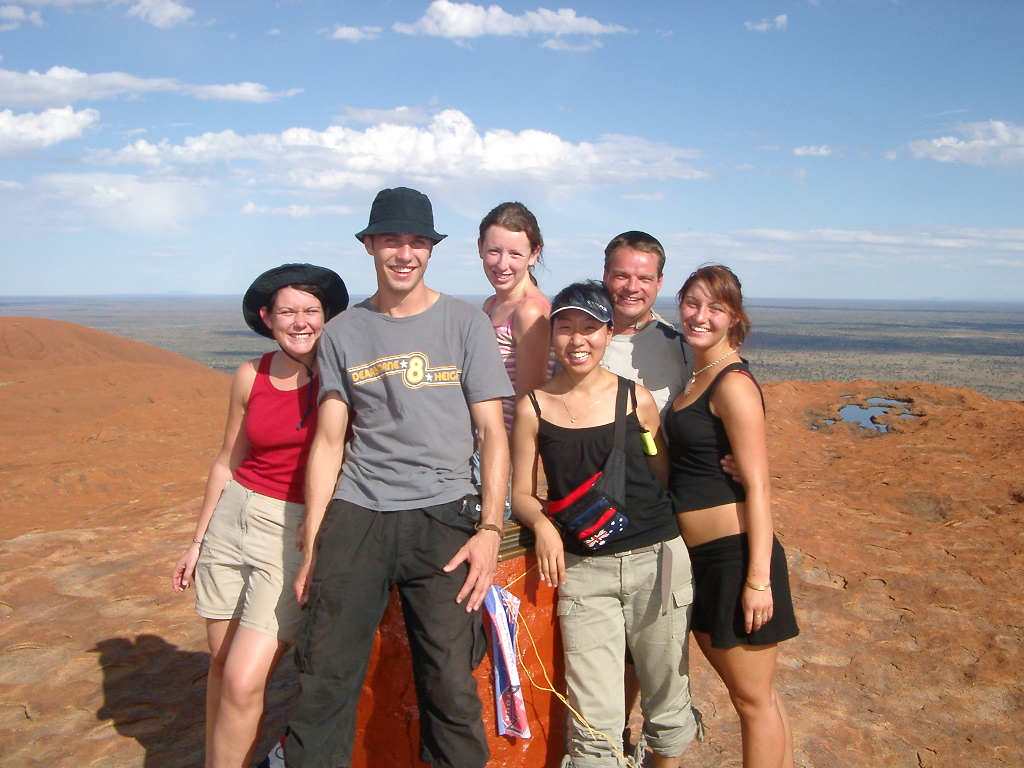
The Cultural Centre at the base of Uluru provides a comprehensive introduction to the history, traditions, and art of the Anangu people. Interactive displays, traditional artworks, and guided walks offer visitors insights into the cultural practices and connections that make Uluru a sacred site. The art of dot painting, storytelling, and the significance of the Tjukurpa (Dreaming) are central themes explored at the Cultural Centre.
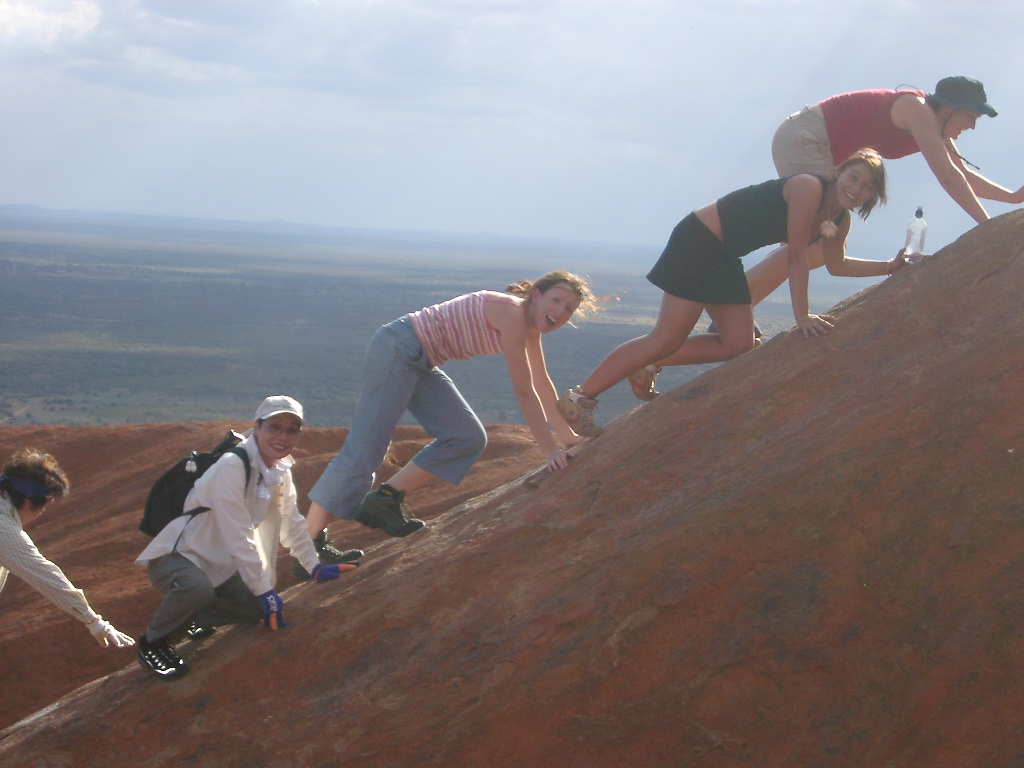
Kata Tjuta, also known as the Olgas, is another remarkable geological formation located within the same national park, approximately 25 kilometers west of Uluru. Comprising a series of 36 domes, Kata Tjuta offers a contrasting but equally awe-inspiring landscape. The Valley of the Winds walk allows visitors to explore the majestic domes, providing a different perspective on the ancient geological forces that shaped the region.
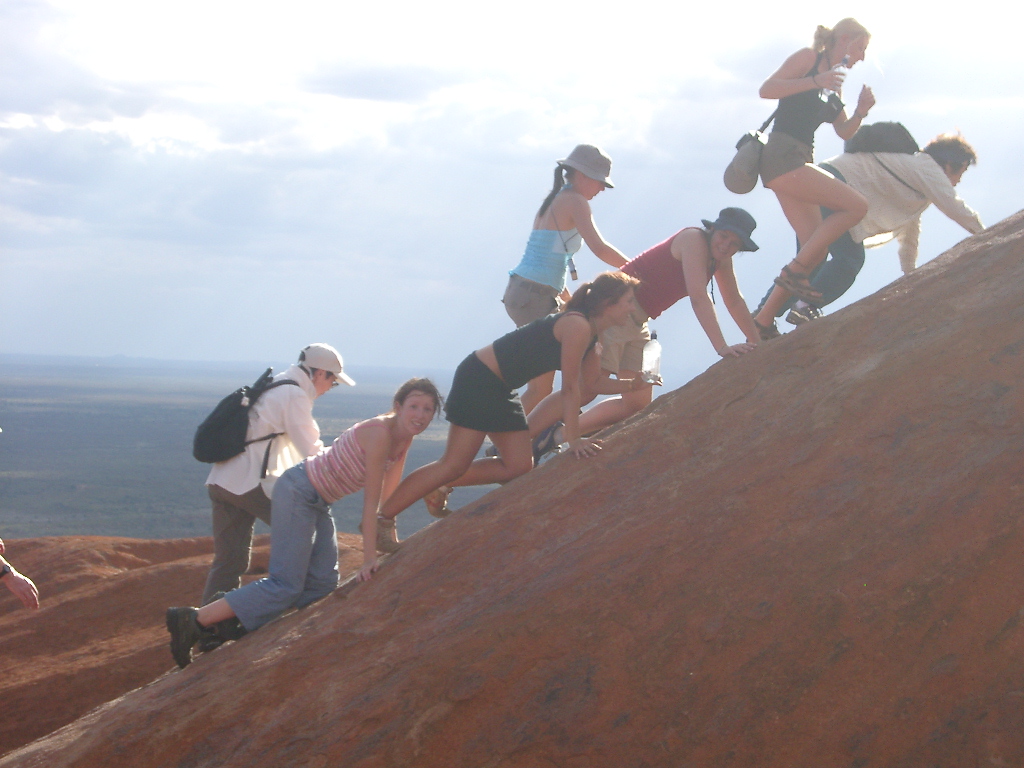
Uluru’s celestial displays during sunrise and sunset are renowned worldwide. The changing colors of the rock, from deep red to orange and purple, create a breathtaking panorama that has become synonymous with the Australian Outback experience. Many visitors gather at designated viewing areas to witness these natural spectacles and appreciate the profound connection between the land, the sun, and the Anangu culture.
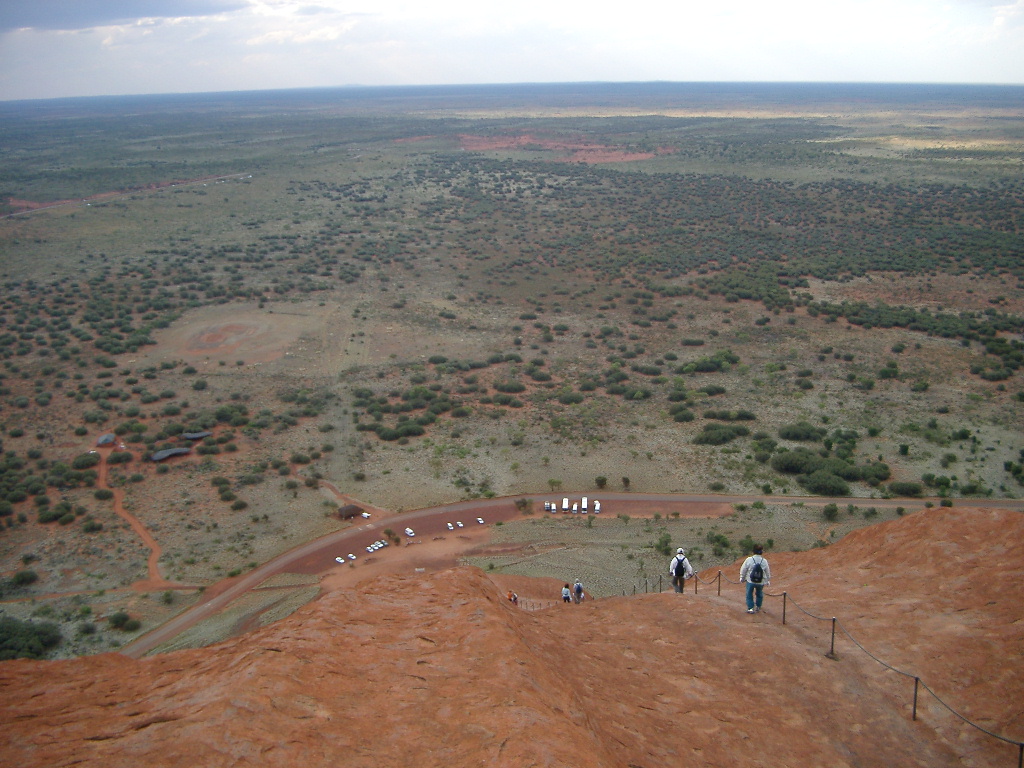
The Field of Light, an art installation by internationally acclaimed artist Bruce Munro, adds a modern touch to the spiritual landscape around Uluru. Comprising more than 50,000 solar-powered illuminated stems, the installation transforms the desert floor into a sea of softly glowing lights. The juxtaposition of contemporary art against the ancient backdrop of Uluru creates a magical and otherworldly experience, particularly during the night.

The Talinguru Nyakunytjaku viewing area, also known as the Uluru Sunset Viewing Area, offers a panoramic view of both Uluru and Kata Tjuta during sunset. Visitors can absorb the tranquil atmosphere, listen to traditional stories shared by Anangu guides, and witness the shifting hues of the landscape as the sun bids farewell to the day.
Tour operators in the region provide a range of experiences, from guided walks and cultural tours to camel rides and helicopter flights, allowing visitors to explore Uluru and its surroundings in various ways. The night sky above Uluru, free from light pollution, provides an ideal canvas for stargazing, offering a chance to witness the brilliance of the Southern Hemisphere’s celestial wonders.
In conclusion, Uluru stands as an awe-inspiring testament to the forces of nature, the richness of Indigenous culture, and the profound connection between land and spirituality. Its magnetic presence in the heart of Australia’s Red Centre makes it a must-visit destination for those seeking a profound and authentic encounter with the ancient landscapes and traditions that shape this extraordinary part of the world.

